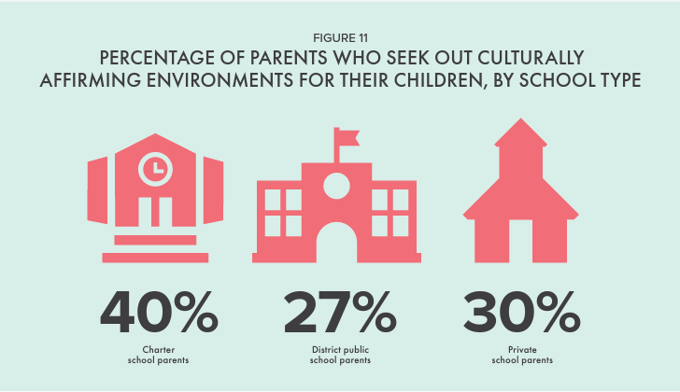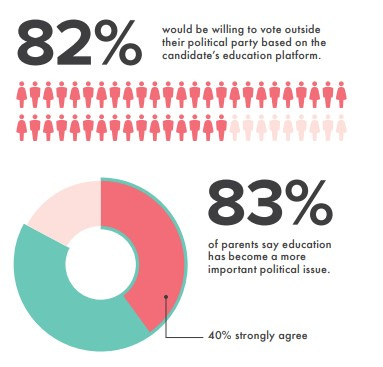Charter Schools Offer Families Choice, Access, And Equity
As a former traditional public school student, teacher, administrator, and parent, I have spent the last thirty years supporting brick and mortar, traditional public school districts. As a progressive, School Choice was a four-letter word. Due to the political narrative surrounding the charter system and school choice, I saw the concept of school choice as a way for parents, afraid of what their children might learn in public school, to sequester them into a setting that met their specific political, ethical, or religious expectations. I understood school choice to mean using public funds to send students to private schools. Adding to this anti-charter bias were the many examples of fraud and misappropriation in the charter arena. What I realized after doing a little inquiry of my own in the last few years, is the reality that [good] charter schools offer some of the most important things to a family – CHOICE, ACCESS and EQUITY.
Charter schools offer equity and access to their students. In 2022, almost 4 million students attended American charter schools. 84% of them were students of color. Charter schools by definition are public institutions. Just like their district-bound counterparts, charter schools are held to the same federal and state standards of certification, academic instruction, and fiduciary responsibility. THEY ARE NOT PRIVATE SCHOOLS; the vast majority are not operated for-profit organizations.
Charters offer a free and appropriate public education to students with IEPs whose needs can be met within that school’s setting. They also offer the flexibility that many district-based public schools do not. Charter schools are not constrained by the financial status of the zip codes in which they are built. District schools’ enrollment comes from the surrounding neighborhoods and the communities’ taxes. When the neighborhood has money, the school district has money. Charter schools do not have the same residency requirements, allowing a diversity of population unparalleled in neighborhood schools.

Image from the NAPCS report “Never Going Back: An Analysis of Parent Sentiment on Education.
Charter schools are often smaller and tailor themselves to meet the specific needs of their population of students in a way that large comprehensive school districts can't.Charter schools have no guaranteed enrollment; if they are not effective and don’t support students appropriately, they won’t remain in business. Charter school leaders are incentivized to maximize student achievement so they can stay open!
Charter schools have been in existence for several decades, and demand has only increased.& Virtual learning, in particular, during the Covid-19 pandemic showed many parents the importance of choice in their child’s education. It also showed parents that the traditional way is not the ONLY way, with many students opting to remain in a virtual setting even after school campuses reopened. A 2022 Harris Poll Report analyzing parental attitudes about education found the following:
- 93% of parents disagree with the current one-size-fits all approach to public education
- 82% of parents are willing to vote for someone outside of their political party if their education platform aligned with their views
- 83% of parents agree that education has become a more important political issue to them than it was in the past
- Among parents who vote in both federal and state/local elections, and equally represented by both major political parties, when asked if any considerations become more important to them when voting in state/local elections, education (55%) was the second most selected issue, closely trailing taxes/taxation (56%)
- 84% of parents agree that, although they may not choose a charter school for their child, charter schools should be available to families who would choose them.

Image from the NAPCS report “Never Going Back: An Analysis of Parent Sentiment on Education.”
In an age where choice and freedom are at the heart of the country’s political and social focus, it makes sense that increased freedom to choose where our kids get equitably and appropriately educated according to their individual needs is too.




-1.svg)
-1.svg)
.svg)
.svg)
.svg)

.svg)










.svg)
.svg)

